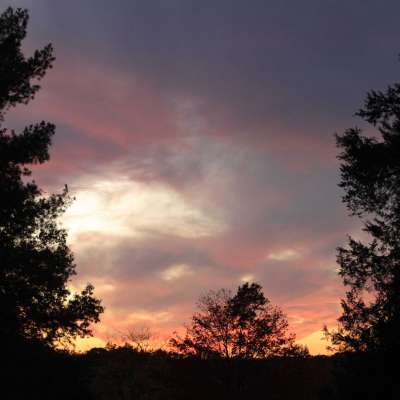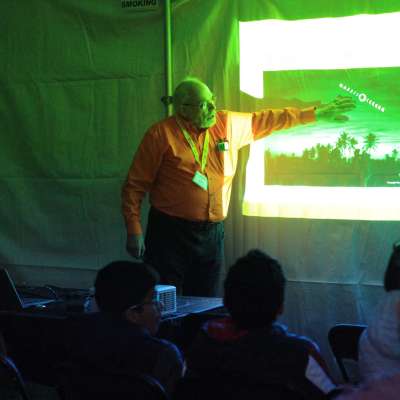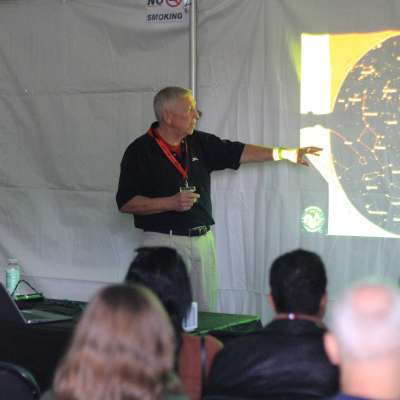Install our *FREE* WEB APP! (PWA)
Community
© 2025 YubNub Social
The Northern Virginia Astronomy Club hosted its annual Star Gaze outreach event at C.M. Crockett Park on Saturday, featuring Astronomy Bingo, a sky tour, telescopes on the observing field after sunset, and lectures by Woody Davis, Alan Goldberg, and Paul Derby. #stargaze2024 #stargaze #novac #virginia #nightsky #astronomy
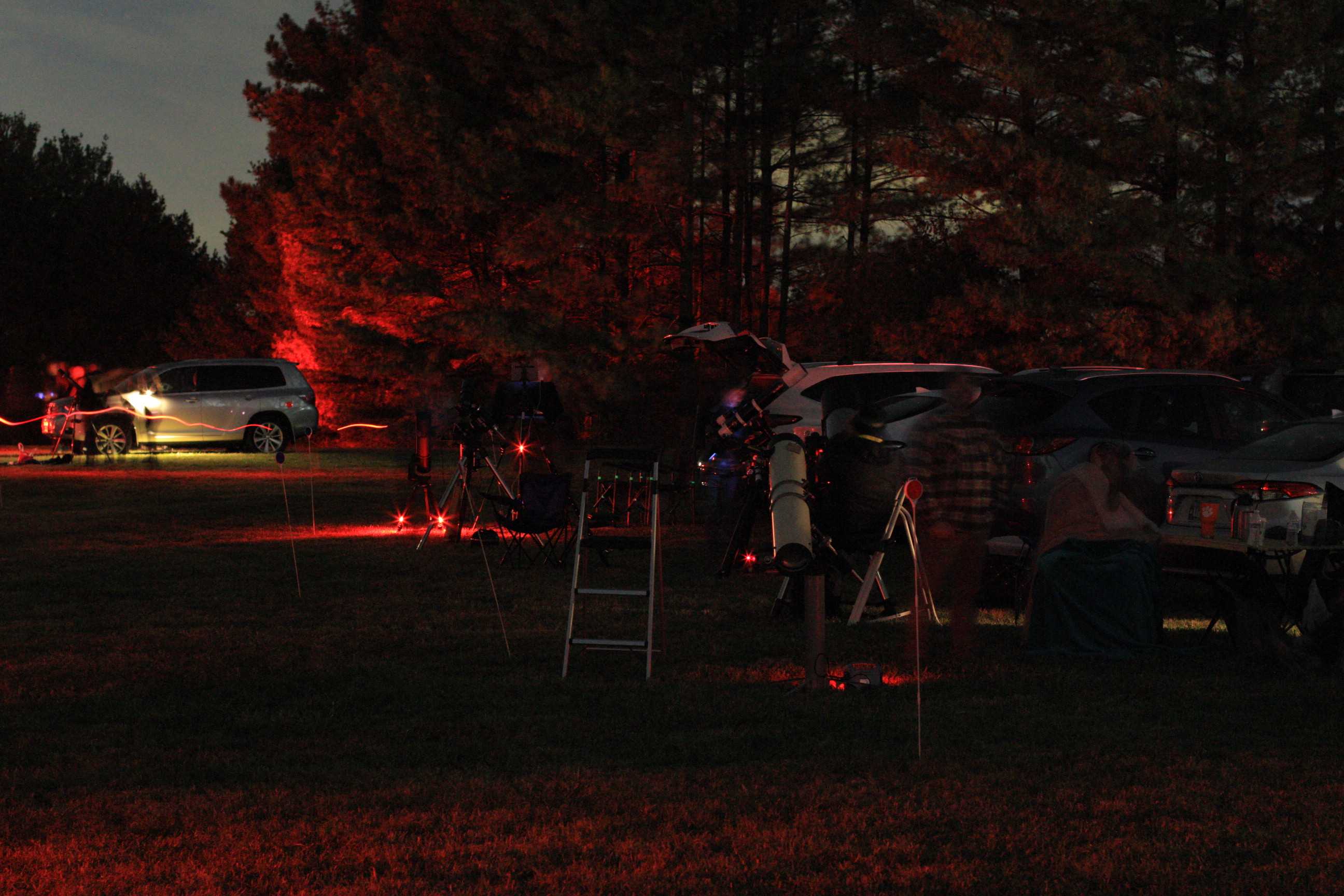


The Northern Virginia Astronomy Club hosted its annual Star Gaze outreach event at C.M. Crockett Park on Saturday, featuring Astronomy Bingo, a sky tour, telescopes on the observing field after sunset, and lectures by Woody Davis, Alan Goldberg, and Paul Derby. #stargaze2024 #stargaze #novac #virginia #nightsky #astronomy



The Northern Virginia Astronomy Club hosted its annual Star Gaze outreach event at C.M. Crockett Park on Saturday, featuring Astronomy Bingo, a sky tour, telescopes on the observing field after sunset, and lectures by Woody Davis, Alan Goldberg, and Paul Derby. #stargaze2024 #stargaze #novac #virginia #nightsky #astronomy
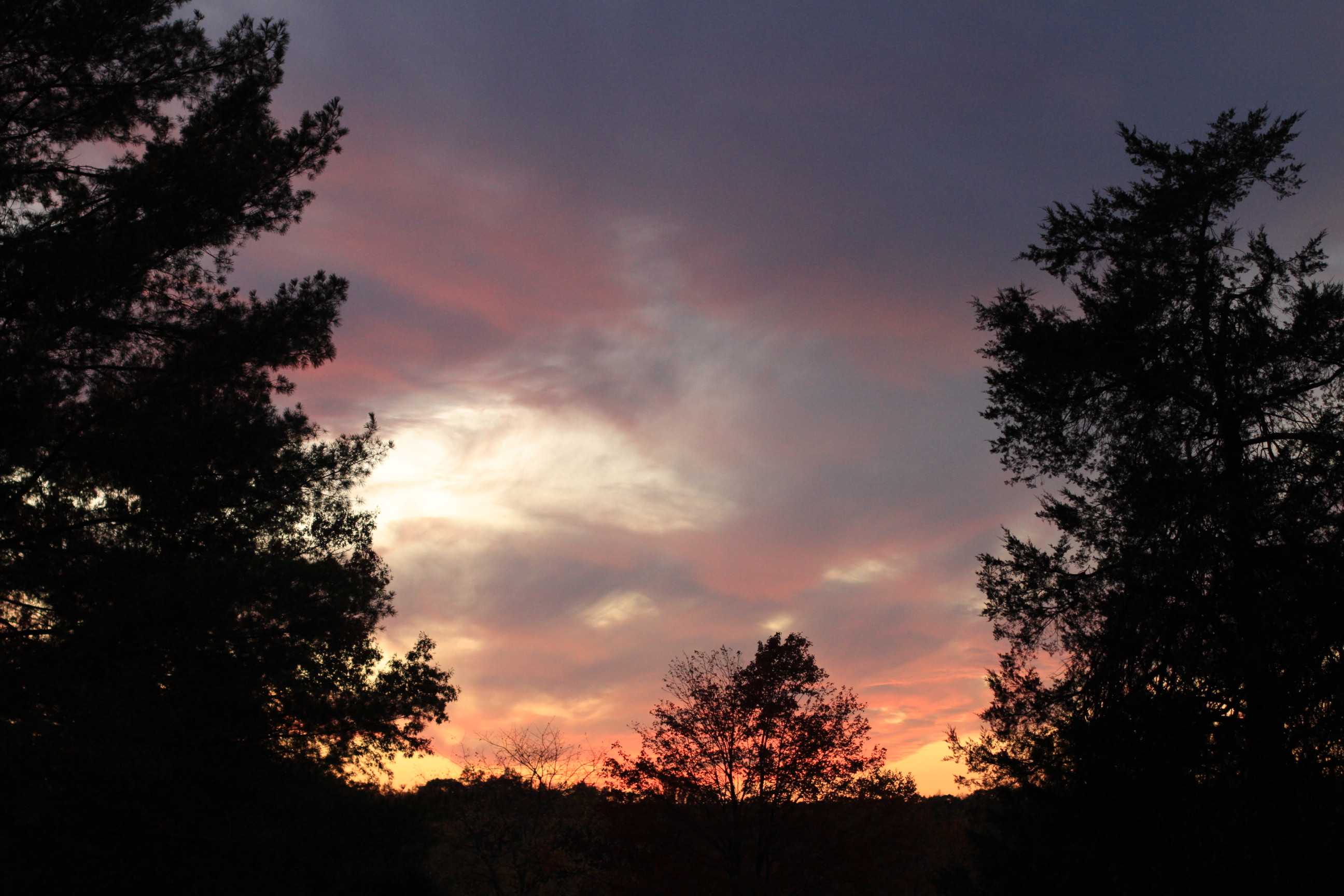


The Northern Virginia Astronomy Club hosted its annual Star Gaze outreach event at C.M. Crockett Park on Saturday, featuring Astronomy Bingo, a sky tour, telescopes on the observing field after sunset, and lectures by Woody Davis, Alan Goldberg, and Paul Derby. #stargaze2024 #stargaze #novac #virginia #nightsky #astronomy



The Northern Virginia Astronomy Club hosted its annual Star Gaze outreach event at C.M. Crockett Park on Saturday, featuring Astronomy Bingo, a sky tour, telescopes on the observing field after sunset, and lectures by Woody Davis, Alan Goldberg, and Paul Derby. #stargaze2024 #stargaze #novac #virginia #nightsky #astronomy



The Northern Virginia Astronomy Club hosted its annual Star Gaze outreach event at C.M. Crockett Park on Saturday, featuring Astronomy Bingo, a sky tour, telescopes on the observing field after sunset, and lectures by Woody Davis, Alan Goldberg, and Paul Derby. #stargaze2024 #stargaze #novac #virginia #nightsky #astronomy


